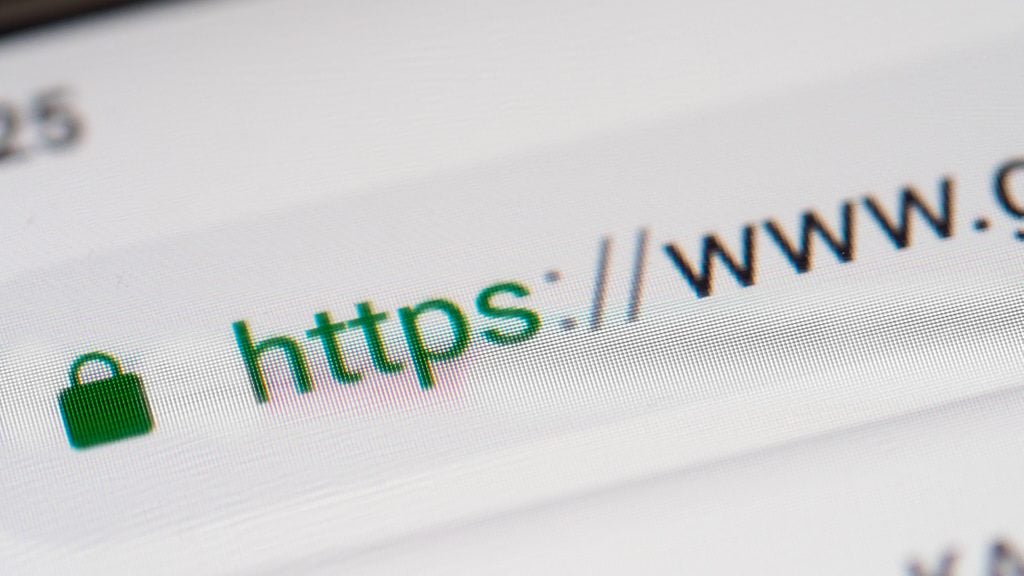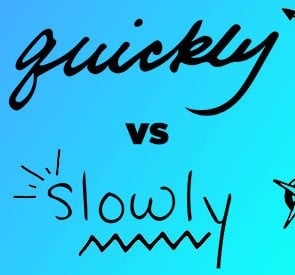What Does URL Stand For?
Updated: Aug. 18, 2022

And is it the same as a link?
Internet terms and “lingo” can be hard to keep track of, especially as they continue to rapidly evolve and change. Even some of the simplest terms, ones we hear and use all the time, can stump us when we really start pondering what they actually mean. Case in point: Do you actually know what a “URL” is, and what those letters stand for?
What is a URL?
You probably already know that a URL is basically synonymous with “web address.” But you may not have given much thought to what that term means, and just how applicable it is. Just like a real-world, street address, a web address identifies the “location” of a certain “place” on the Internet. And it’s not just websites that URLs can identify, as The Balance Everyday points out. URLs can also identify things like PDF files and images.
What does URL stand for?
A URL is a “Uniform Resource Locator.” And that…doesn’t really clear things up, to be honest. What does that mean? Well, essentially, the website is the “resource,” and the URL, the “locator,” is what identifies it and allows you to find it.
And there’s actually another possible answer to the question “what does URL stand for” that you might hear, too. Some sources have the U standing for “Universal” rather than “Uniform.” “Universal Resource Locator” was the original name, before the creators switched it out for “Uniform” back in 1994; occasionally you’ll still hear “Universal” pop up, though, so sometimes it’s also considered acceptable.
Are URLs and links the same thing?
No, they’re not. They’re similar, but they’re not identical however much people might use the terms interchangeably. A link can be described as a shorter version of a URL; if you click on a link, it takes you to a URL, but the link does not have to be the entire URL or exactly the same as the URL. For instance, a link can just say “Click Here,” but “Click Here” is obviously not the URL.
This distinction is especially important because links can be fake; that’s one of the simplest tricks online scammers use to make you think you’re going to a trusted website. But if you hold your cursor over a link, the URL should appear, showing you where the link will actually take you.
So…where does “http” come from?
Okay, with the mystery of one group of web address letters solved…why isn’t “URL” part of, well, URLs? Especially when other groups of letters, like “WWW” and “HTTP,” are usually there?
Well, a URL consists of a few different parts, one of which is the Hypertext Transfer Protocol—that’s where we get “HTTP.” This protocol is basically the “request” that allows the browser to communicate with the server. The next letters, the subdomain, are actually not always “WWW,” for World Wide Web; for instance, “maps.google.com” has no “WWW.”
Then you have the website name, which is the memorable, distinctive part of the URL. You know, the part that is, well, actual words! And then comes the designator, like .net or .com. And if you’re wondering what those things stand for, find out! After the designator, there may be some more text indicating the “path” to the specific location on that website, like a certain story, video, or page.
So, those other letters, like HTTP, are parts of a URL, and they stand for their own, separate things. So we’re right back to where we started: Internet lingo is complicated. You don’t need to keep every term straight, as long as you’re not making these common computer mistakes it’s time to stop making.


